Removing DMF: Effective Techniques and Safety Considerations
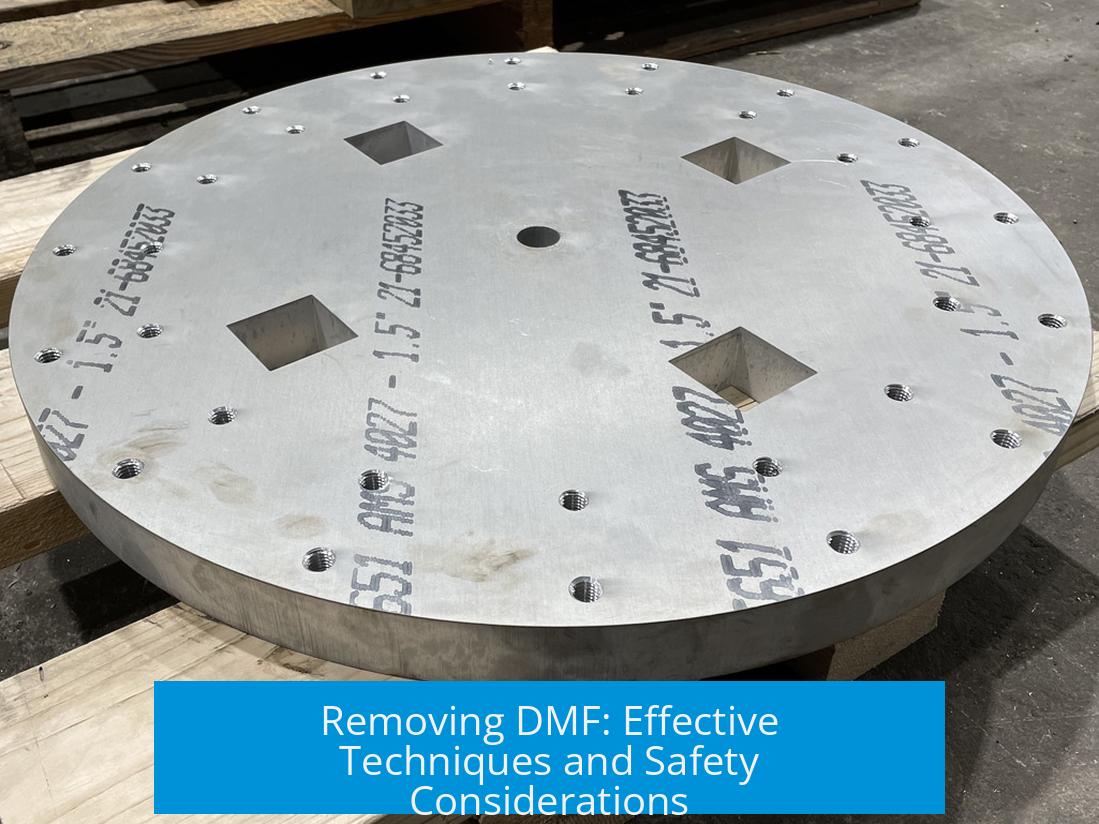
Removing DMF (dimethylformamide) from reaction mixtures involves careful dilution, solvent extraction, washing, and vacuum concentration. Heating azides is hazardous and should be avoided. The preferred method uses repeated water washes, organic solvent extractions, lithium chloride aqueous washes, and eventual drying and concentration under reduced pressure.
Understanding the Challenge of DMF Removal
DMF is a polar aprotic solvent widely used in organic synthesis. Its high boiling point (153°C) and strong solvation properties complicate its removal, especially when sensitive or thermally unstable compounds like azides are involved.
Direct heating of azide-containing mixtures risks decomposition and dangerous side reactions. Therefore, alternative approaches must be employed to separate DMF safely and effectively.
General Safety Warning for Azides and Heating

- Azides are thermally sensitive. Heating azides above 40-50°C can cause decomposition.
- Do not heat azides directly to remove solvents. This poses explosion hazards and decomposition risks.
- 4-Azido-1-butanol shows thermal stability up to 110°C only under inert and metal-free conditions.
Following these precautions prevents hazardous incidents during DMF removal.
Stepwise Procedure for Removing DMF
1. Dilution with Water
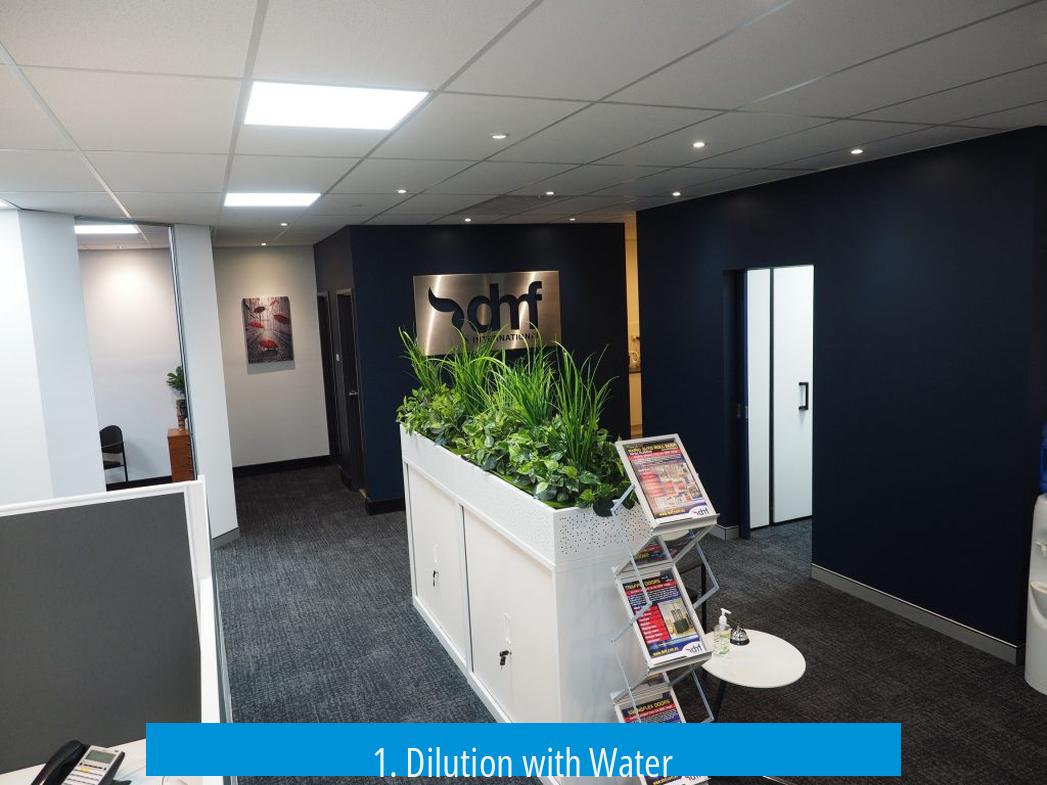
Diluting the reaction mixture with water reduces DMF concentration and prepares it for partitioning into organic solvents.
- Use 5 to 10 times the volume of water relative to DMF.
- This dilution lowers the polarity of the organic phase and enhances DMF transfer to the aqueous phase.
- Effectively breaks the solvent system to facilitate extractions.
2. Extraction with Organic Solvents
Extracting diluted mixtures with an immiscible organic solvent removes the target organic product from the aqueous DMF-rich layer.
- Common solvents: ethyl acetate (EtOAc), diethyl ether (Et2O), or similar ethers.
- Multiple extractions until thin-layer chromatography (TLC) shows no product remains in the aqueous layer.
- Large volumes improve efficiency, as DMF partitions mainly in the aqueous phase after dilution.
3. Washing the Combined Organic Layers

Washing the combined organic extracts removes residual DMF adhering to organic solvents.
- Wash once with water.
- Wash with 5% lithium chloride (LiCl) aqueous solution, which has high affinity for DMF.
- Final wash with brine (saturated sodium chloride solution) to remove residual water.
The LiCl wash effectively strips last DMF traces by forming aqueous salt complexes, increasing DMF solubility in the aqueous phase.
4. Drying and Concentration
Drying and concentrating the organic layer following washes removes residual water and organic solvents, preparing the product for isolation.
- Dry over anhydrous magnesium sulfate (MgSO4) or sodium sulfate.
- Filter off drying agent carefully.
- Concentrate the solution under reduced pressure using a rotary evaporator (rotovap).
This sequence retains product integrity without exposure to high temperatures.
Additional Techniques and Considerations
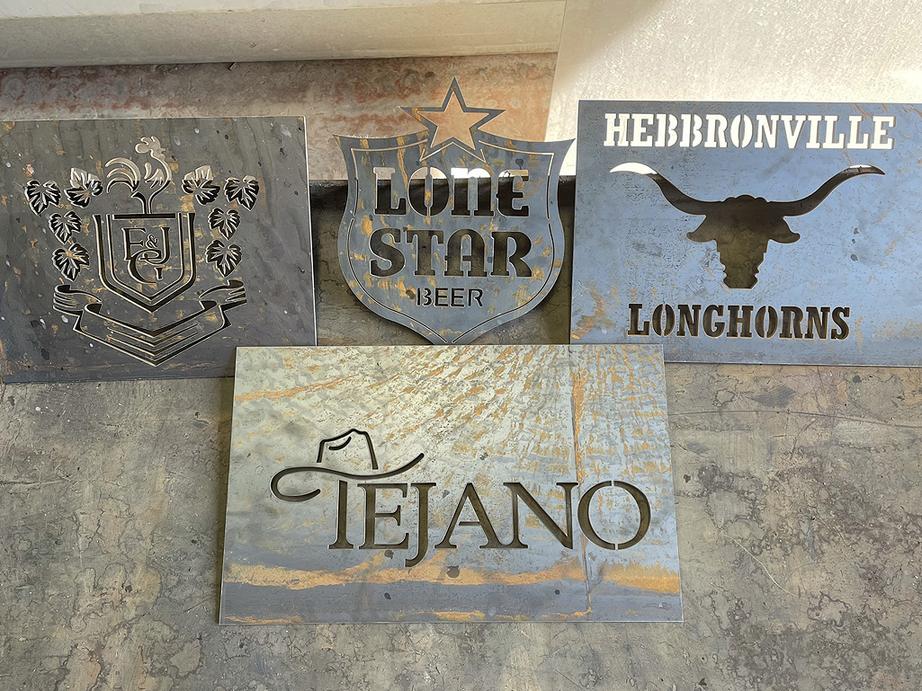
Vacuum Removal with Specialized Equipment
Vacuum distillation or evaporation under high vacuum can remove residual DMF but requires specialized apparatus.
- Ensure vacuum pressure reaches 0.1 Torr or lower.
- Use coldfinger traps to protect vacuum pumps from DMF vapors.
- DMF is notoriously difficult to evaporate due to its high boiling point and affinity for solutes.
- If rotovap vacuum is insufficient, specialized high-vacuum pump setups are needed.
Air Drying with Pressurized Air
Blowing air across solution surfaces aids slow DMF evaporation at ambient temperature.
- Place hose supplying pressurized filtered air above flask containing DMF mixture.
- Leave overnight or several hours depending on volume.
- This gentle method complements extraction and vacuum steps without heating risks.
Distillation and Chromatography
Direct distillation of DMF-containing mixtures at atmospheric pressure is not recommended due to:
- Close boiling points of product and DMF cause poor separation and product loss.
- High temperatures risk decomposing thermally sensitive compounds like azides.
Vacuum distillation through a long Vigreaux column at temperatures below 90°C may assist purification of concentrated residues.
Column chromatography may reduce DMF presence but is not ideal solely for DMF removal.
Azeotroping with Hexanes or Organic Solvent Dilution
Diluting the mixture with hexanes or distilled ether followed by repeated aqueous washes can azeotropically remove some DMF.
- Perform 5 to 10 wash cycles with water or brine at dilute conditions.
- This reduces DMF content via repeated partitioning.
Summary Protocol for Removing DMF from Azide Reactions
| Step | Action | Details |
|---|---|---|
| 1 | Dilution | Add water 5-10x volume relative to DMF in reaction mixture |
| 2 | Extraction | Extract aqueous phase repeatedly with EtOAc or Et2O until no product in aqueous layer (TLC check) |
| 3 | Washing | Wash combined organic layers sequentially with water, 5% LiCl solution, then brine |
| 4 | Drying | Dry organic phase over MgSO4, filter |
| 5 | Concentration | Evaporate solvent under reduced pressure (rotovap) |
| 6 | Optional Purification | Vacuum distillation below 90°C with Vigreaux column (if needed) |
Key Considerations for Successful DMF Removal
- Avoid heating azides to prevent decomposition and safety hazards.
- Use extensive aqueous washes and LiCl to efficiently remove residual DMF.
- Employ vacuum concentration cautiously; specialized equipment improves effectiveness.
- Consider air drying with pressurized air to assist gradual DMF evaporation without heat.
- Choose solvents like ethyl acetate or diethyl ether for efficient phase separation and DMF partitioning.
Summary of Key Takeaways
- Heating solutions containing azides is unsafe; avoid heating to remove DMF.
- Diluting reaction mixtures with water and repeated organic solvent extraction efficiently reduces DMF content.
- Washing combined organic layers with 5% LiCl aqueous solution effectively removes residual DMF.
- Vacuum concentration with a rotovap or high-vacuum apparatus facilitates DMF removal if properly handled.
- Air drying and azeotropic dilution with hexanes or ethers support DMF removal without thermal risks.
Removing DMF: The Ultimate Guide to Getting That Pesky Solvent Out Without a Lab Explosion
Removing DMF (dimethylformamide) from your reaction mixture is all about smart washing, careful handling, and panning for the perfect solvent combo—without frying your azides or turning your lab into a smoke show. Sounds tricky? Fear not. Let’s break down how to handle this stubborn solvent like a pro, with no heat bombs or lost products.
Why You Definitely Should NOT Heat Azides
First things first: heating azides is a NO-GO. Azides decompose violently when heated. Yes, we’re shouting because it’s THAT important. Run at temperatures above 40-50°C, and you risk hazardous breakdowns or worse. Even though some azides, like 4-azido-1-butanol, can chill at 110°C if no metals or acids lurk nearby, it’s better to play safe. Heat is the enemy here.
So if you’re tempted to pop your azide-containing mixture in a hot bath to evaporate DMF faster—DON’T DO IT.
Water Washing: Your First Line of Defense
Here’s a solid routine: dilute your reaction mixture with water five to ten times the volume of DMF. This dilution starts the DMF extraction process by flooding the mixture.
After dilution, perform multiple washes—think five rounds or more—with an organic solvent like ethyl acetate (EtOAc) or ether (Et2O). These solvents scoop up your product, leaving DMF in the water. Don’t skimp on the volume of washes.
Example protocol:
- Dilute DMF-containing reaction mixture with 5x to 10x water.
- Extract with EtOAc or Et2O repeatedly until thin-layer chromatography (TLC) confirms no product remains in the aqueous phase.
- Combine the organic layers for the next step.
Even if it sounds like a lot of water and solvent, DMF is tenacious—it demands this commitment.
LiCl: The Unsung Hero in Removing DMF Traces
DMF clings tight to your product, sometimes still ringing the dinner bell after your first washes. Enter 5% aqueous lithium chloride (LiCl), a magic key to removing those pesky last traces.
Why LiCl? Li+ ions have a strong affinity for DMF, preferring to hang out in the water phase rather than the organic layer. So, washing your combined organic solvents with 5% LiCl solution pulls DMF out efficiently.
Try partitioning your mixture between ether and 5% LiCl water. This extra step often transforms “still got DMF!” into “clean and ready.”
Vacuum Evaporation: Possible but Picky
Can you vacuum it off? Yes, but with conditions. A high-quality rotovap and a vacuum of about 0.1 Torr are needed. You’ll want an efficient coldfinger trap on the vacuum pump to catch DMF vapors before they sabotage your equipment.
If your gear is up to the task, rotary evaporation is an option—just go slow and steady. Otherwise, air-drying is a clever, low-tech alternative.
Just blow filtered air over your flask overnight. Your mentor wasn’t joking when they said air-drying can make it easier to extract out remaining DMF afterward.
Distillation and Chromatography: Handle With Care
Distillation at atmospheric pressure? Forget it—DMF and your product’s boiling points are too close. You’ll waste your product or end up with a messy mix.
Vacuum distillation through a Vigreaux column under 90°C can work, but only after concentrating the organic extract.
Column chromatography might pull some DMF away, but it’s not the star player here. Plus, check your product’s silica gel stability—alkyl azides can be finicky.
Two-dimensional TLC can guide whether your azide will survive the silica or degrade.
Azeotroping: When You Bring in Bulk Solvents
Azeotroping DMF with hexanes is a nifty trick. By adding hexanes, you can coax DMF along with the evaporating solvent. This technique takes advantage of the constant boiling mixture behavior (azeotrope) to efficiently remove DMF beyond what evaporation alone can offer.
Alternatively, place distilled ether and brine in rotation—multiply the washes—until DMF waves goodbye.
Putting It All Together: The Recommended Protocol
- Dilute your reaction mixture with water (5–10x the DMF volume).
- Extract repeatedly with EtOAc or Et2O until TLC shows no product in the aqueous layer.
- Wash the combined organic phase with water, then 5% LiCl solution, followed by brine.
- Dry the organic layer over magnesium sulfate (MgSO4).
- Concentrate under reduced pressure with a rotovap if available.
- Optional: employ vacuum distillation through a Vigreaux column below 90°C.
- Never heat azides unnecessarily; use air-drying where appropriate.
Why Go Through This Trouble?
Removing DMF properly keeps your product pure, your lab safe, and your equipment happy. You avoid azide decomposition, unpleasant side reactions, and the frustration of contaminated samples.
Have you ever tried something bold like vacuum distillation below 90°C to save your concentrate? Or relied solely on air drying before extraction? Pat yourself on the back—those are advanced moves.
In the end, the key lies in patience, precision, and respecting the volatile nature of azides and DMF.
What’s Your Go-To Method? Got DMF Removal War Stories or Tips?
Share your experiences! Whether you swear by LiCl washing or have a secret to gentle air drying, chemistry thrives when knowledge is shared (and stories are told). After all, science is as much about people as it is about purity.
How can I effectively remove DMF without heating the azide?
Do not heat the azide as it decomposes. Instead, dilute the mixture with 5-10 times its volume in water. Extract repeatedly using ethyl acetate or ether, then wash organic layers with water, 5% LiCl solution, and brine to remove DMF.
Why is washing with 5% LiCl important in DMF removal?
LiCl shows high affinity for DMF and helps remove trace amounts. Partitioning between an organic solvent and 5% aqueous LiCl solution can eliminate difficult DMF residues more effectively than water alone.
Is vacuum evaporation a reliable method to remove DMF?
Vacuum removal is possible but challenging. It requires strong vacuum systems and cold traps. Alternatively, gently blowing air over the solution can aid DMF evaporation before extractions.
Can distillation or chromatography remove DMF efficiently?
Distillation at atmospheric pressure is not recommended due to close boiling points. Vacuum distillation with a Vigreaux column can help. Chromatography may reduce DMF but is not the primary removal method.
What solvents and extraction steps best aid DMF removal?
Dilute with an organic solvent like distilled ether. Extract multiple times with water or brine. Repeating washes (5-10 times) with ample solvent volume ensures thorough DMF elimination.
What precautions should I take when removing DMF from azides?
Avoid heating azides beyond 40-50°C to prevent decomposition. Use solvent washes and gentle evaporation methods instead. Proper solvent choice and multiple extraction steps are safer and more effective for DMF removal.


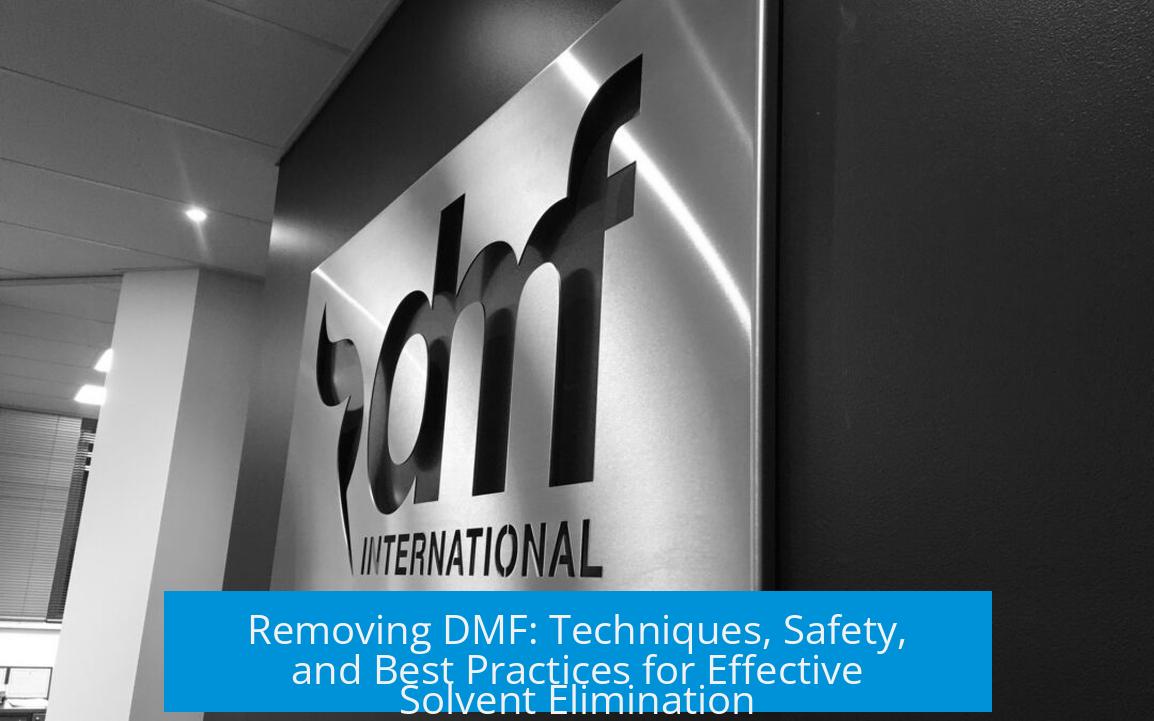
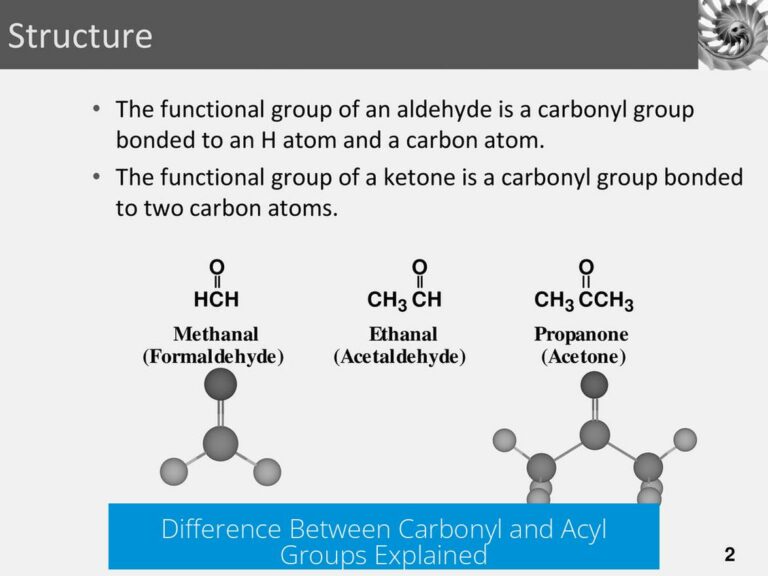
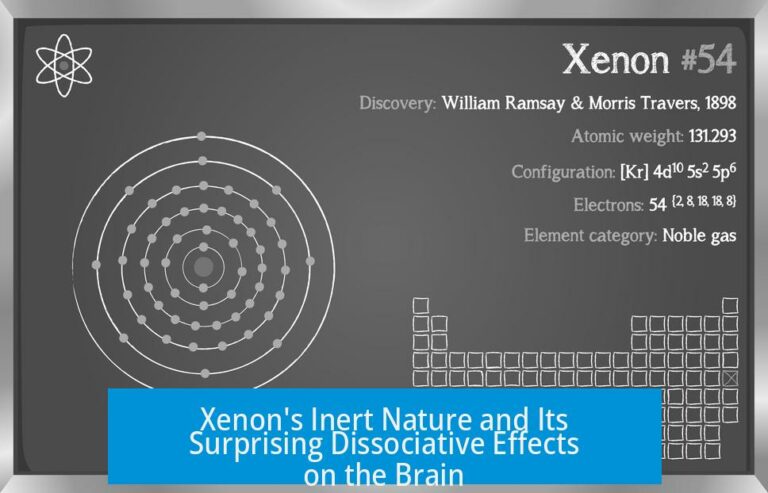
Leave a Comment